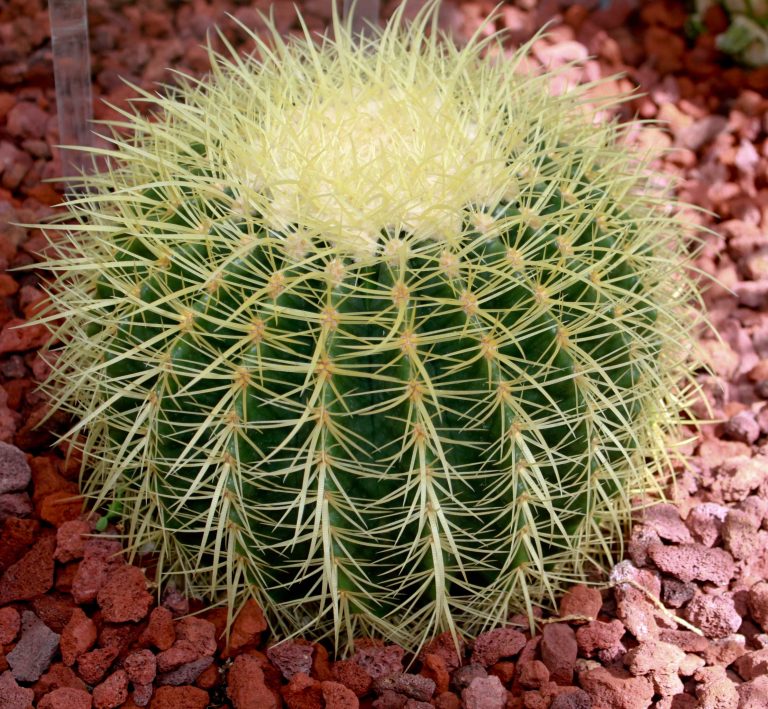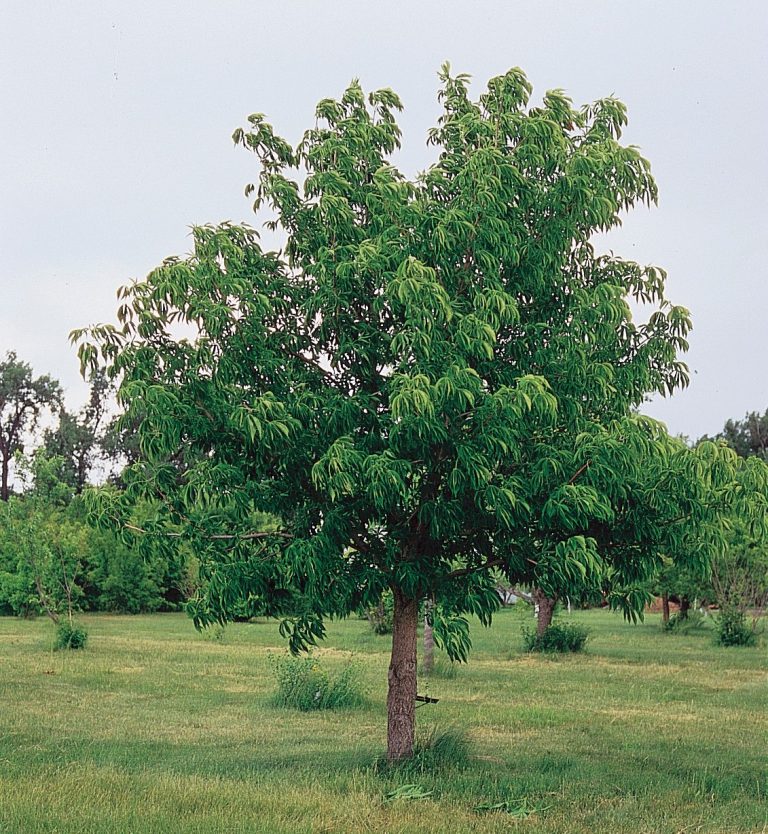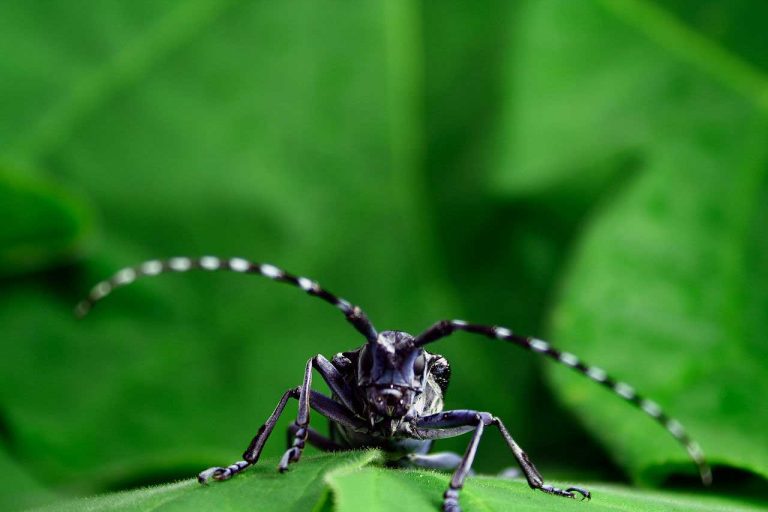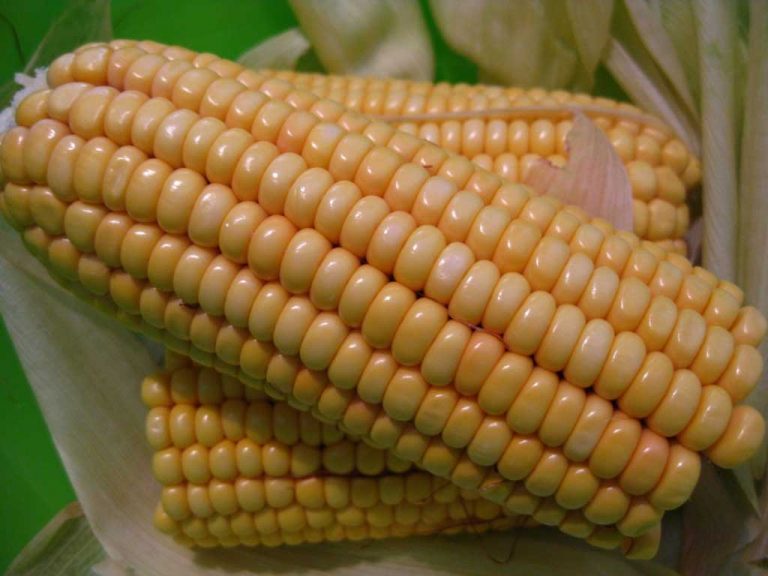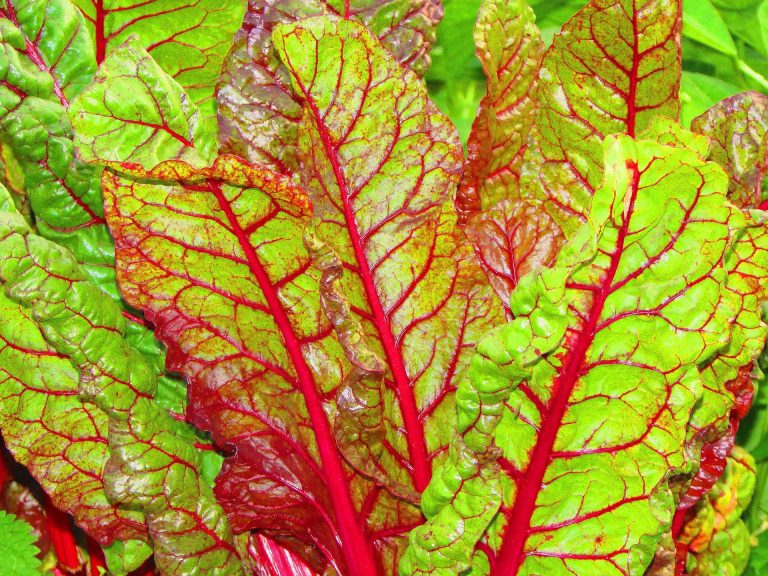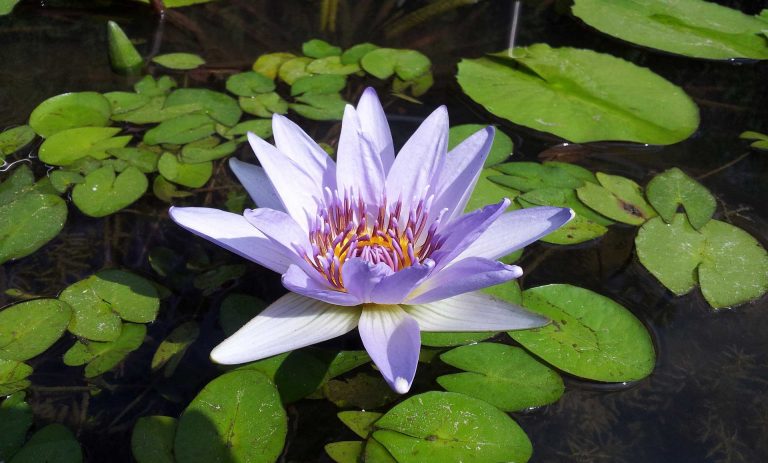Eucalyptus
Scientific Classification
| Kingdom: | Plantae |
| (unranked): | Angiosperms |
| (unranked): | Eudicots |
| (unranked): | Rosids |
| Order: | Myrtales |
| Family: | Myrtaceae |
| Subfamily: | Myrtoideae |
| Tribe: | Eucalypteae |
| Genus: | Eucalyptus L’Hér. |
| Type species: | Eucalyptus obliqua |
There are more than 700 varieties of the eucalyptus plant available in the world. Most of the eucalyptus plants are found in the region of Australia and places adjacent to it, like New Guinea and parts of Indonesia. Hertier found this tree in 1789. It is a diverse form of the genus and they form a part of the flowering trees they are also shrubs in the family of the Myrtle called Myrtaceae. Some types like the Eucalyptus Deglupta are also found in the northern parts of the Philippines. Among the 700 species, only 15 species are found outside Australia, the rest being natives of Australasia itself. Species of the eucalyptus do not tolerate frost and they are mostly cultivated in the tropical and temperate world that includes America, Europe, the Mediterranean basin, the Middle East, Africa, China and also in the subcontinent of India. Eucalyptus is one among the three genera that are similar and they are commonly referred to as ” eucalypts “. ; the others are known as the Corymbia and Angophora.
The Eucalyptus tree is famous for its fast growth. It is a major source of gum in the world. Most of the Eucalyptus Oil comes from the Eucalyptus tree called Eucalyptus Globulus that people also refer to as the Blue Gum.
Many of the trees are known as the gum trees because they have a property to exude copious sap from any part of the bark. The word eucalyptus is derived from the Greek word which means well covered. Some species of the eucalyptus have attracted the attention of the researchers and environmentalists because of their unique quality of growing fast into trees and their quality to produce oil. The oils extracted from the eucalyptus leaves are used as insecticides and for cleaning. They can also used as agents to prevent malaria. The eucalyptus is cost effective and can be used by the poor.
Anatomy
Height
The trees follow some kind of thumb rule regarding their heights, You would designate a small tree as somewhere around 10m , the medium sized ones are around 10.3 meters, the tall category grow to between 30 to 60 meters, and the very tall varieties grow to over 60 meters or 200 feet in height.
Leaves
Some tropical trees shed their leaves after the dry season, in spite of the fact that, normally, Eucalyptus a deciduous tree with evergreen leaves. The leaves of the Eucalyptus have oil glands in them that are an important feature of this species. Their leaves are lanceolate, alternate and petiolate, glossy and waxy green, and hanging downwards.
Flowers
The flowers and the fruits of the Eucalyptus tree are typical. You can see several fluffy stamens in yellow, pink or cream color, as part of the flowers, and they are inside an operculum or cap (composed of fused petals or sepals or a combination of both), and the fruits are called gumnuts or capsules. The flowers do not come with petals; instead they use the stamens to decorate themselves.
The Bark
The age of the Eucalyptus tree normally dictates the characteristics of the bark, its shed, fibers length, color, hardness and thickness. Their stems increase in diameter because of the annual layers.
Habitat
Eucalyptus adapts to any atmosphere and they survive in difficult soil conditions. The eucalyptus is characterized by their adaptations. They also recover very quickly from any disturbances, including; natural calamities like floods and the fire. If the plants are not damaged, the eucalyptus plant produces a shoot. In case the plant is totally destroyed, then also the eucalyptus plant produces a shoot from lignotubers. (Wiki: woody swelling of the root crown). These adaptations allow the habitat to come out of difficult situations like fire and quickly recover from the rage of the destruction and redevelop the habitat all over again.
Biological Settings and Vegetation
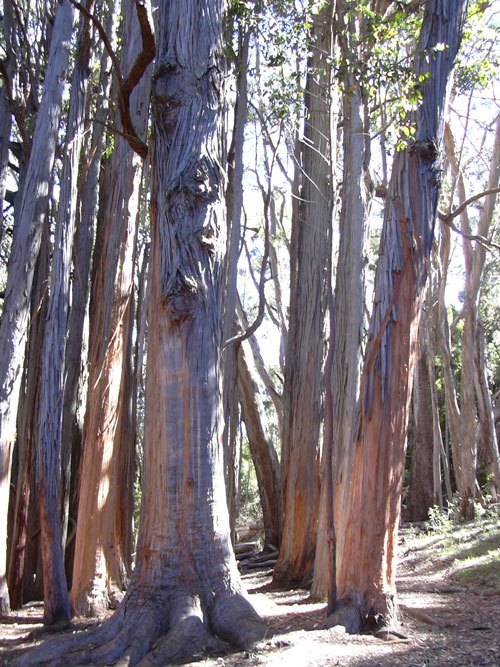
Photo by: Forest & Kim Starr
Eucalyptus is usually grown along with other forest trees and they can grow even at low elevations at very low temperatures. Freezing of temperature is not an issue for the eucalyptus plant. Eucalyptus plants are grown is sloppy areas to prevent soil erosion as their roots are strong and hold on to the soil. Artificially grown eucalyptus is seen in many rural and also in urban areas. Other areas near where the eucalyptus is seen are cropland areas, the valleys, orchards, vineyards, the coastal areas, Chamise Redshank Chaparral, annual grass and pasture. Parks in residential areas are also abundant with eucalyptus. The birds that are found in these areas are the crow, raven, owl and red tailed hawks. The eucalyptus is very important for nest building, and many species of birds make their nest in these trees. The eucalyptus also makes homes for many animals like the lizards, snakes etc.
Watering
Care of the eucalyptus is not a big issue, as much care is not needed for the eucalyptus tree. The tree itself has a capacity to maintain itself well. Once we plant the tree and the tree grows up, not much care is needed for the development of the tree. Not much watering is needed for the growth of the tree. Watering in addition may be needed only during the time of the drought. The eucalyptus tree does not accept phosphorus so adding of fertilizers is not recommended for their growth. Eucalyptus that is planted in small pots, probably as bonsai, will need some fertilizers in a very rare interval and that too they need to be fertilized with products with less of phosphorous.
Soil
The soil is the place where your plants reside and act as the anchor of your trees. All the nutrients needed for the plants are obtained from the soil that supplies water and other minerals needed for the proper growth of the tree. Most of the eucalyptus trees need a very well drained soil, but understanding the soil is also very necessary. There are many types of soil available in the nature. They are as follows.
Pests
Like any other tree, the eucalyptus trees are also affected by pests. Diseases attack a tree only when the trees are weak. One such pest is the Red Gum Lurp Pysllids that characteristically secrete lurps on their own body. They secrete thick goo like honeydew that you can see dripping from the branches. A severe infestation will invite another more serious pest called the longhorn borer that lay their eggs on the trees. The larvae bore into the tree and severely damage it. The only solution in sight is to remove the affected parts quickly. Keep the trees healthy. This is the only way to prevent these attacks.
Temperature and Humidity
The northern hemisphere is the coolest place when compared to the parts of Australia. A factor that critically affects the eucalyptus plant is the temperature. For the plant to survive the best, the climate had to be good. A frosted climate is a threat to the tree. The eucalyptus plant has to be always planted in open areas where they can receive sunlight in abundance, failing which; the trees may develop as lean and unhealthy. The soils of Australia are very low in nutrients. Even in such cases heavy fertilizer application has to be avoided. If you do so, the result will be adverse.
Harvest
After 6 years of planting the tree, they are ready for harvesting. Bigger trees can be cut down so as to reduce the expenses the overall cost of the harvest.
Benefits of Eucalyptus
Medicinal and Health Benefits
Antibacterial Properties
Some studies indicate that the oil of Eucalyptus may produce antibacterial reactions that could treat respiratory tract problems due to the pathogenic bacteria, even though they admit that further research is mandatory on the part played by E Globulus.
Pain Relief
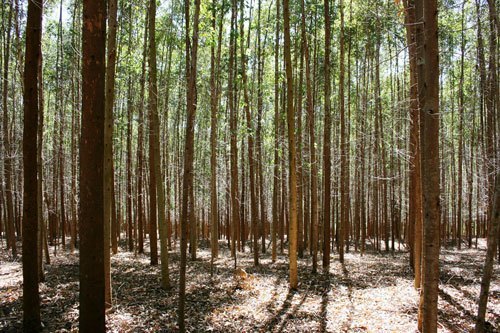
The analgesic properties of eualyptamint ointment for treatment of pain, is undergoing clinical tests. The study was encouraging and suggested that the Eualyptamint gave promising results, and could be a pain relief application that could help athletes in the future.
Eucalyptus oil, a colorless liquid, with sweet scent and a woody flavor, is an extract from the dried leaves of the tree. The leaves undergo a stem distillation process to extract the oil that is also used in the manufacture of mouthwash. The oil vapor inhalation also helps in decongesting and is used in many cough lozenges. They also treat Bronchitis with this oil.
History tells us that the early Australian aboriginals used the eucalyptus oil to treat skin wounds and fungal infections. They also administered Eucalyptus tea for reduction of fever.
India and China used Eucalyptus in a range of traditional Indian and Chinese medications.
Eucalyptus is used for a range of medical conditions in traditional Chinese and Indian medicine.
Most English hospitals made Eucalyptus a part of their inventory and started using it towards the end of the year 1890, to cleanse urinary catheters.
Others used it as an effective ingredient in manufacturing mosquito repellent to kill ticks and mites. The United
The United States officially approved eucalyptus oil as a miticide and effective miticide.
Besides this oil has antibacterial properties against the periodontopathic and the cariogenic bacteria, that promote tooth decay.
The eucalyptus oil extract is also credited with favorable results in the simulating the cell-mediated immune response.

Having discovered a fondness for insects while pursuing her degree in Biology, Randi Jones was quite bugged to know that people usually dismissed these little creatures as “creepy-crawlies”.


